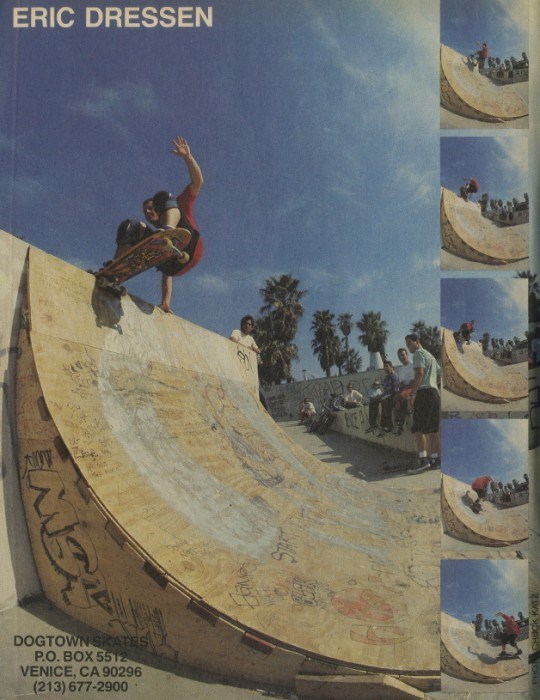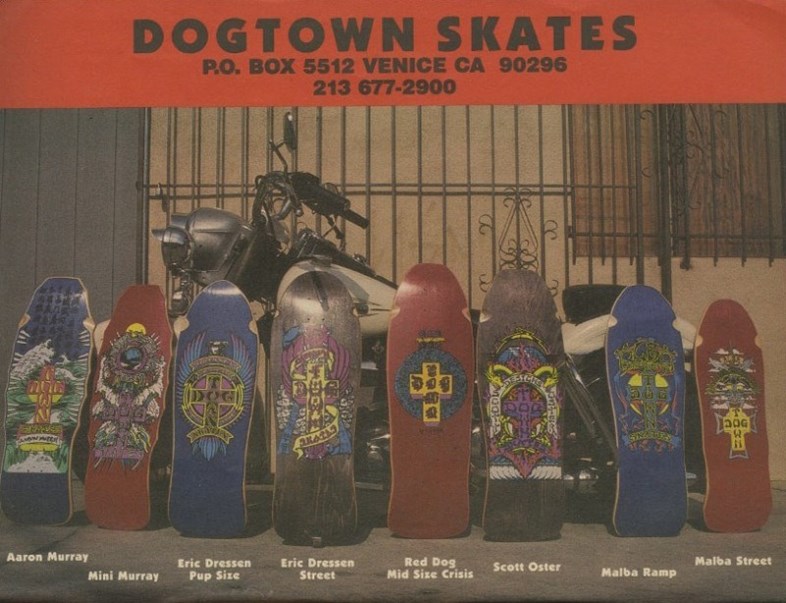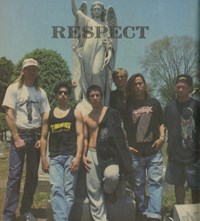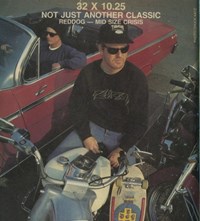As Diamond Supply Co. unveils a collaboration with Dogtown Skateboards, we chart the brand’s impact on style and contemporary culture at large
- TextCalum Gordon
This article was created in partnership with Diamond Supply Co.
I wonder if Jim Muir, O.G. Z-Boys member and founder of the seminal Dogtown Skateboards, ever imagined it would come to this. That he’d open a magazine and see a model with spindly legs, Gucci sneakers and a peacock in his arm atop a skateboard (as seen in their S/S16 campaign). I doubt it, but it is funny to think.
Such is the legacy of Jim Muir and his cohorts, there’s few facets of contemporary culture which haven’t been affected in someway by them, whether it’s luxury fashion houses, streetwear labels, cinema, photography or art. Skateboarding is everywhere. It is a legacy that fellow Californian label Diamond Supply Co. has chosen to celebrate with its latest collaboration, teaming up with Muir’s Dogtown to pay homage to one of skateboarding’s originals. “Growing up skating in the late 80s and 90s, I always thought Dogtown was sick,” says Nick Tershay, founder of Diamond Supply Co. A streetwear titan in his own right, Tershay founded Diamond in 1998 and, through relationships with the likes of Kanye West, Wiz Khalifa and the Odd Future collective, turned his humble skatewear into a hip hop staple.
“We put a stamp on all aspects of skateboarding – style, attitude and aggression,” says Muir. That impact, however, also transcended skateboarding itself, inadvertently changing contemporary culture irrevocably. In a way, this should come as no surprise. Style has always been at the heart of skating – a rarity in that it is a sport that celebrates aesthetes and not athletes. In those early days, Muir skated with the Z-Boys, who took their name from their local surf and skate store, Zephyr. Initially, skating was something to do after the waves had died down in Dogtown, the name given to the area of Santa Monica they inhabited. To them, it was a dirty, unkempt paradise. And the style which the Z-Boys had developed on the ocean translated well onto concrete, a low centre of gravity and fluidity of movement defining their signature style. “To us, skateboarding back then was about how far you could go down the hill and who could go the furthest,” recalled Muir in an interview with Steve Olson (father to Bianca Chandon’s Alex), in Juice Magazine. “For a few years before I had the surfboard, I was emulating all the surf moves with all the older kids on a skateboard.”
That style went on to grace the empty swimming pools of Venice Beach, as skateboarding on grew in popularity. Along with his friend Wes Humpston, Muir began making boards and selling them, servicing the needs of fellow skaters whose high-octane exploits often saw their decks snap in two. “It was almost like free money. It was like selling drugs without the consequence,” Muir told Transworld Skateboarding in 2002. In 1976, at the height of the pool-skating phenomenon, Dogtown Skateboards was unofficially born, as Humpston scrawled ‘DTS’ on Muir’s board. Shortly after, the duo would adopt the Dogtown cross logo, which was commonly sprayed on walls around LA and is said to have been the chosen motif of a local Hispanic gang. It is the same logo which still adorns much of Dogtown’s products today, including this collaboration.

In a sense, the idea that if you fall off your board, you dust yourself down, get up and go again would serve Muir well in the years that followed. Few industries have experienced such a rollercoaster ride as skateboarding has, going from the boom of riders being treated like new-age rock stars, and Muir mass-producing boards in ‘78, to the subsequent bust of 1980. Over the next couple of years, Dogtown Skateboards was launched ‘officially’ in the guise we know it today – and has staved off more explosions in the sport’s popularity followed by swift downturns.
Throughout it, Muir has maintained an independent spirit at the heart of the Dogtown brand. When skateboarding became big in ‘85 again, “it went along with the economical rise and the riot of punk rock,” Muir told O.M.S.A. Zine in 2000. “We went to all the amateur contests and I’d sell t-shirts and decks out of the trunk of my car. My guys started doing well in contests and turned pro one after another. The next thing we knew was the new era of Dogtown.” It also helped that Muir’s brother, Mike, had founded the seminal crossover thrash band Suicidal Tendencies during the same era, further imbuing the brand with cultural cachet. While many will define Dogtown Skateboards’ legacy as being one of the original skate brands to emerge, it shouldn’t be ignored that they were one of the first to draw on a wide array of influences for their designs, from gang insignia to hardcore music. It is in this, perhaps, that Muir’s influence can be seen on a broader scale. In today’s era, where the brightest and best streetwear and high fashion labels are often those with a avuncular cultural knowledge and a bricolage-style approach to design, Dogtown were practising this approach in the 1980s.

For Muir, it was a design style that drew from the individualistic nature of his riders. “We took many different influences and produced individualised artwork on boards that catered to each rider’s taste,” he says of Dogtown’s early work and its lasting legacy. “These designs are iconic because they’re unique to the style and energy of skateboarding.
“Skateboarding has always been an individualised outlaw activity and there’s always going to be someone adding something new or putting a twist on something that came before,” he adds. Peacocks and Gucci sneakers, for example.
Shop Diamond Supply Co. x Dogtown Skateboards here.















